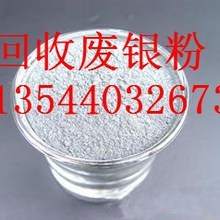By substituting graphite for high-density pure lithium metal, scientists may be able to dramatically improve the performance of battery technology, but there are hurdles still to overcome. Scientists at Germany's Friedrich Schiller University in Jena have now demonstrated how a finely tuned carbon membrane can prevent these types of batteries from failure, and enable them to be safely charged over hundreds of cycles.
The major problem holding back the development of lithium metal batteries, which could store as much as 10 times the energy of today's lithium-ion batteries, is the formation of needle-like structures called dendrites. During charging, as the lithium ions move between the battery's two electrodes, lithium atoms build up on the negative electrode, known as the anode. This accumulation leads to spiky dendrites that can pierce the separator between the electrodes and cause the battery to short circuit and fail.
So, if scientists can work out a way to prevent dendrite formation, it may just enable lithium metal batteries to go the distance, and we've seen all kinds of creative potential solutions to this problem. These have included the use of ultra-thin lithium, nanotube films and self-assembling protective layers. The authors of the new study have sought to combat dendrites through the use of a novel carbon membrane with finely tuned holes, that affect ion transport in just the right way.
“That’s why we applied an extremely thin, two-dimensional membrane made of carbon to the separator, with the pores having a diameter of less than one nanometer,” explains Professor Andrey Turchanin from the University of Jena. “These tiny openings are smaller than the critical nucleus size and thus prevent the nucleation that leads to the formation of dendrites. Instead of forming dendritic structures, the lithium is deposited on the anode as a smooth film.
The team tested out this battery design alongside another without the protective membrane, to find that it had double the lifespan and exhibited no signs of dendrite growth over hundreds of charging cycles. The scientists see this as a promising step toward next-generation lithium batteries, and have filed a patent and will now investigate how the membrane can be incorporated into the manufacturing process.
“The separator gets the least amount of attention when compared to the other components of the battery,” says Sathish Rajendran, a graduate student at Washington State University who collaborated on the research. “The extent to which a nanometer thick two-dimensional membrane on the separator could make a difference in the lifetime of a battery is fascinating.”
The research was published in the journal Advanced Energy Materials.
Source: Friedrich Schiller University in Jena


 相关文章
相关文章


 精彩导读
精彩导读


 热门资讯
热门资讯 关注我们
关注我们
